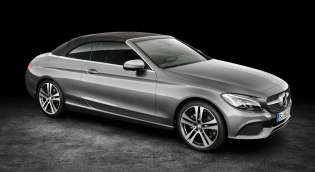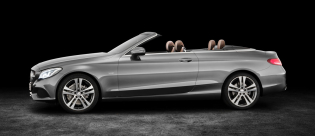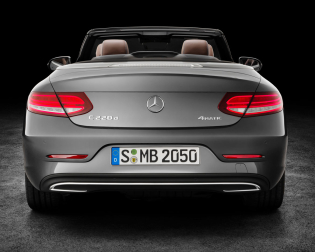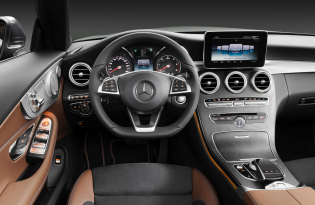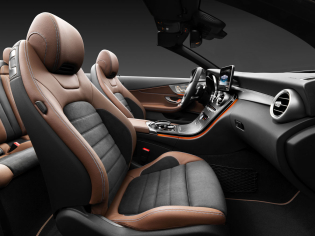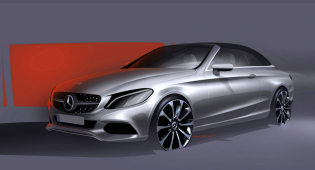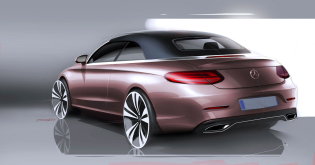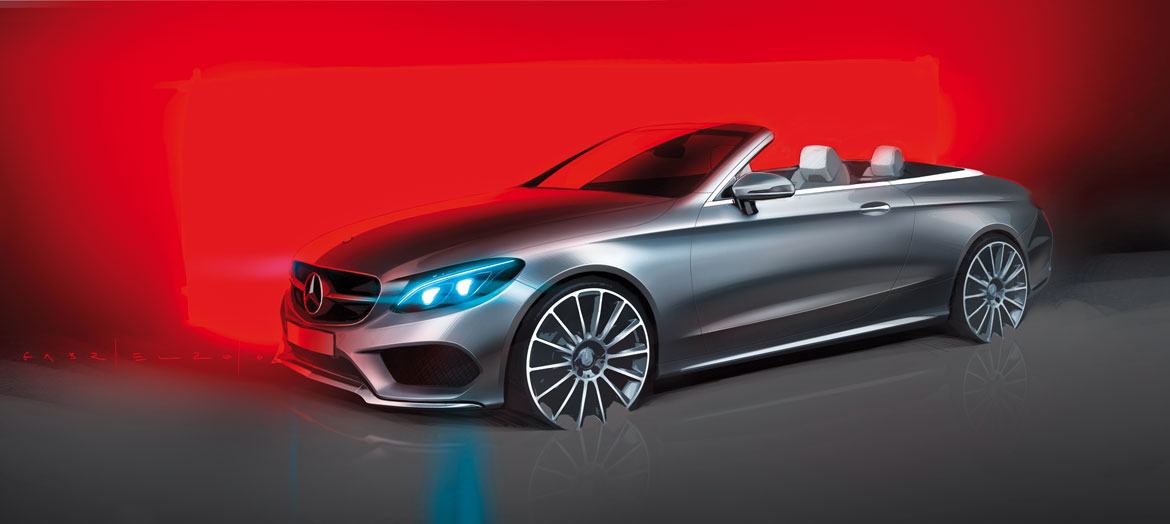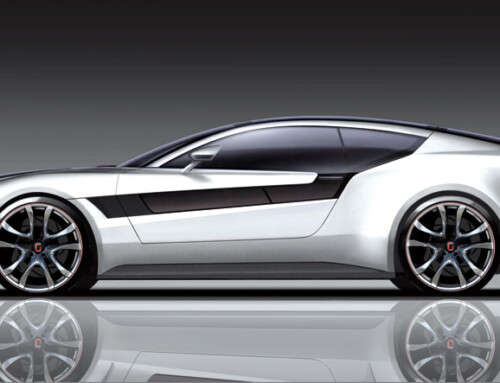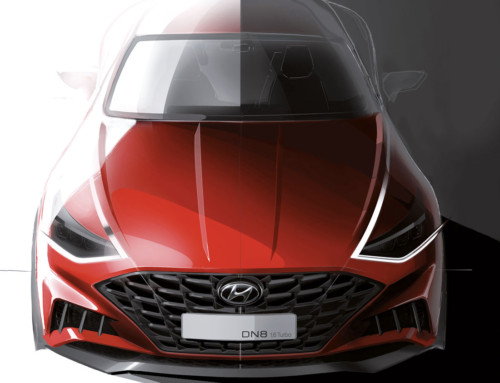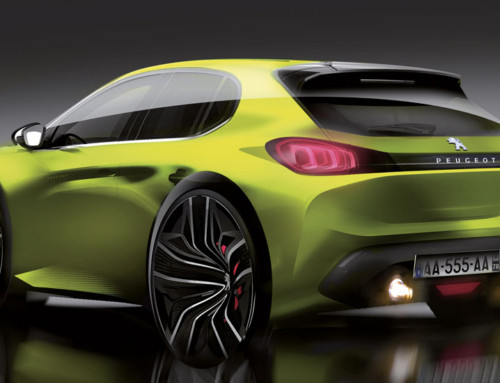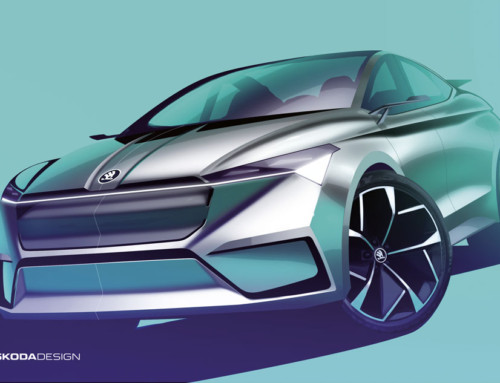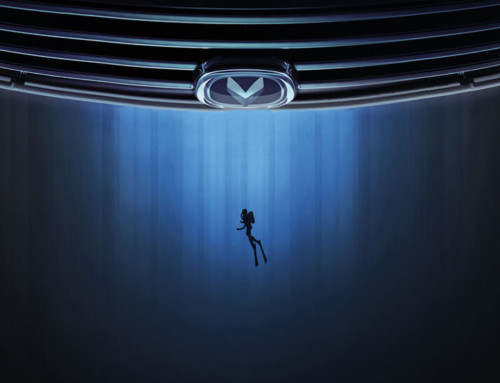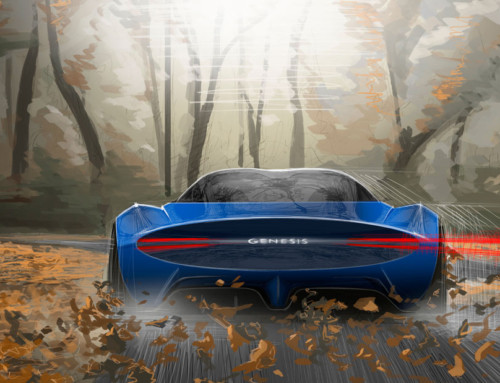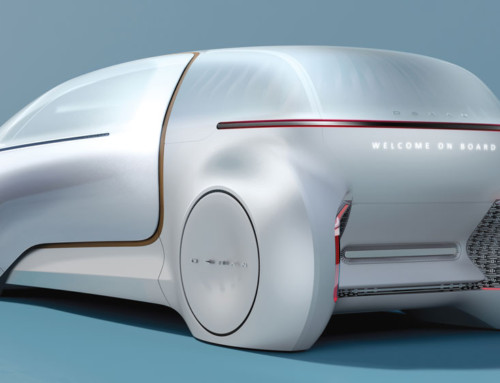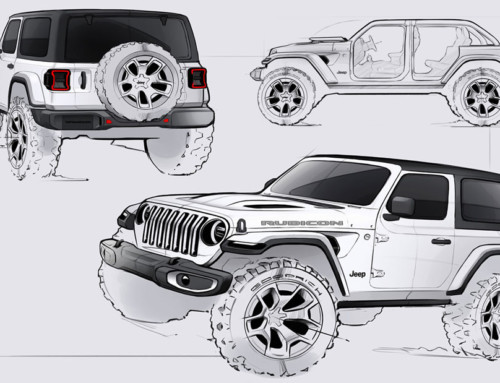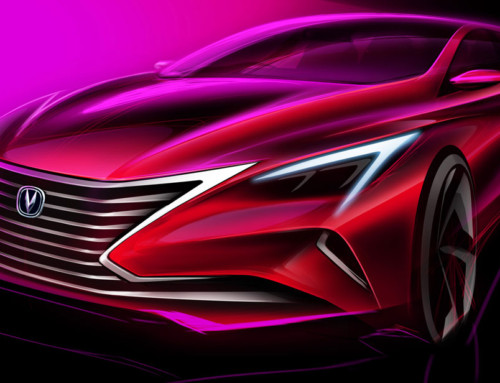For Mercedes, 2016 is the year of the dream cars, coupés and cabrios we all long for: C-Class, S-Class, SL and SLC roadsters, not to mention the AMG versions. “Many companies are cutting down in these segments: no cabrios, fewer coupés, they are concentrating on SUVs”, comments Gorden Wagener: “But if you are a top luxury car company like Mercedes, you have to do dream cars and that’s what people expect from us”. The C-Class had never had a Cabriolet before but it has one now. It derives directly from the Coupé which in its turn has been revolutionised compared to the previous C Coupé.
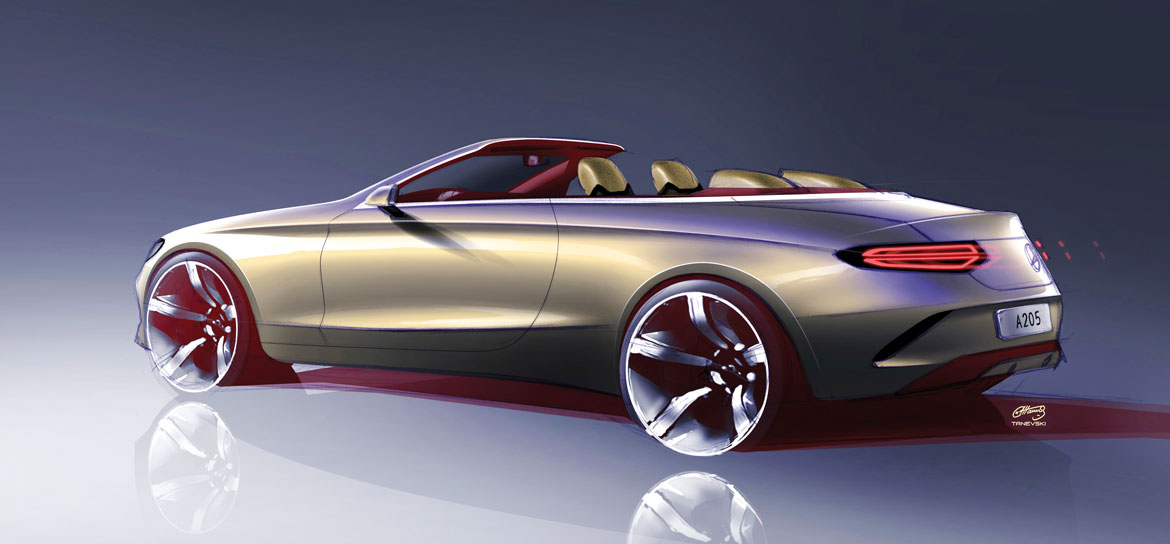
Daimler Group design chief Wagener explains: “It has changed drastically in terms of proportions. We have converted a 2-door saloon which was its predecessor into a sports car of unique design. We went through the same process with the S Coupé. These cars are very design driven because design really changes the proportions and at Mercedes now we have the best proportions in the industry, rear wheel drive as good as it gets, because design influences proportions and when you have everything in the right place it’s easier to intervene. We always have in mind, if we like it we take a line off, if we still like it we take another line off”.
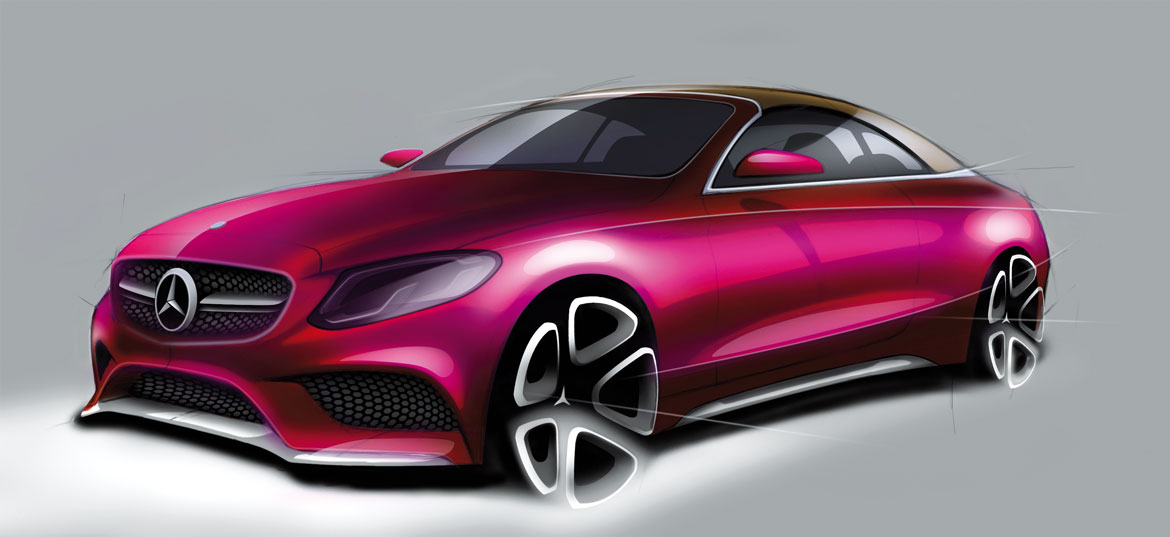
He is a believer in purity as an expression of modern luxury applied scrupulously to all the models that join Sindelfingen’s increasingly sumptuous stable in a constant stream and which, in the case of the Cabriolet, is reinterpreted to target the younger customer. “Our cars”, he says, “are very clean and pure and they are all very sexy. They are hot and cool. Hot is like falling in love with someone, cool is the clean shape of the body. With that we are unique in the industry. We get good proportions then we clean it up. From a design point of view this is very sophisticated”.

On the C Cabrio – and even more so on the AMG C43 version which stands out for its powertrain but also for specific design features – it was a question of finding those proportions. In a cabrio these are often jeopardised by the height of the rear which in its turn is dictated by the hood mechanisms and by the A pillar which – if taken from the coupé – slopes too much and pushes too much towards the rear. “We solved both problems”, says Wagener, “and that is why our cabrio has stunning proportions. It still has the shoulders although not as drastic as the Coupé”.

The genesis of the car was very straightforward: an internal concept (for the coupé) done in California and, on that basis, development in Germany after the customary in-house competition. The exterior was designed by Robert Lesnik and his team, while the interior – basically the same for the saloon, wagon, coupé and now cabrio – originated in the Como studio (Michele Paganetti) before being developed by the team of Hartmut Sinkwitz and Hans-Peter Wunderlich.

“Basically these days we do one interior for one platform and so it was with the C-Class although with modifications on the GLC SUV. I prefer to put more content, more value in the interior than doing many interiors. With the C-Class we define the segment. We combine the hot and cool part, opulence and sensuality, but also a lot of content and intelligence. We have created a level of modern luxury that has not been seen before”.
Full article in Auto&Design no. 218
